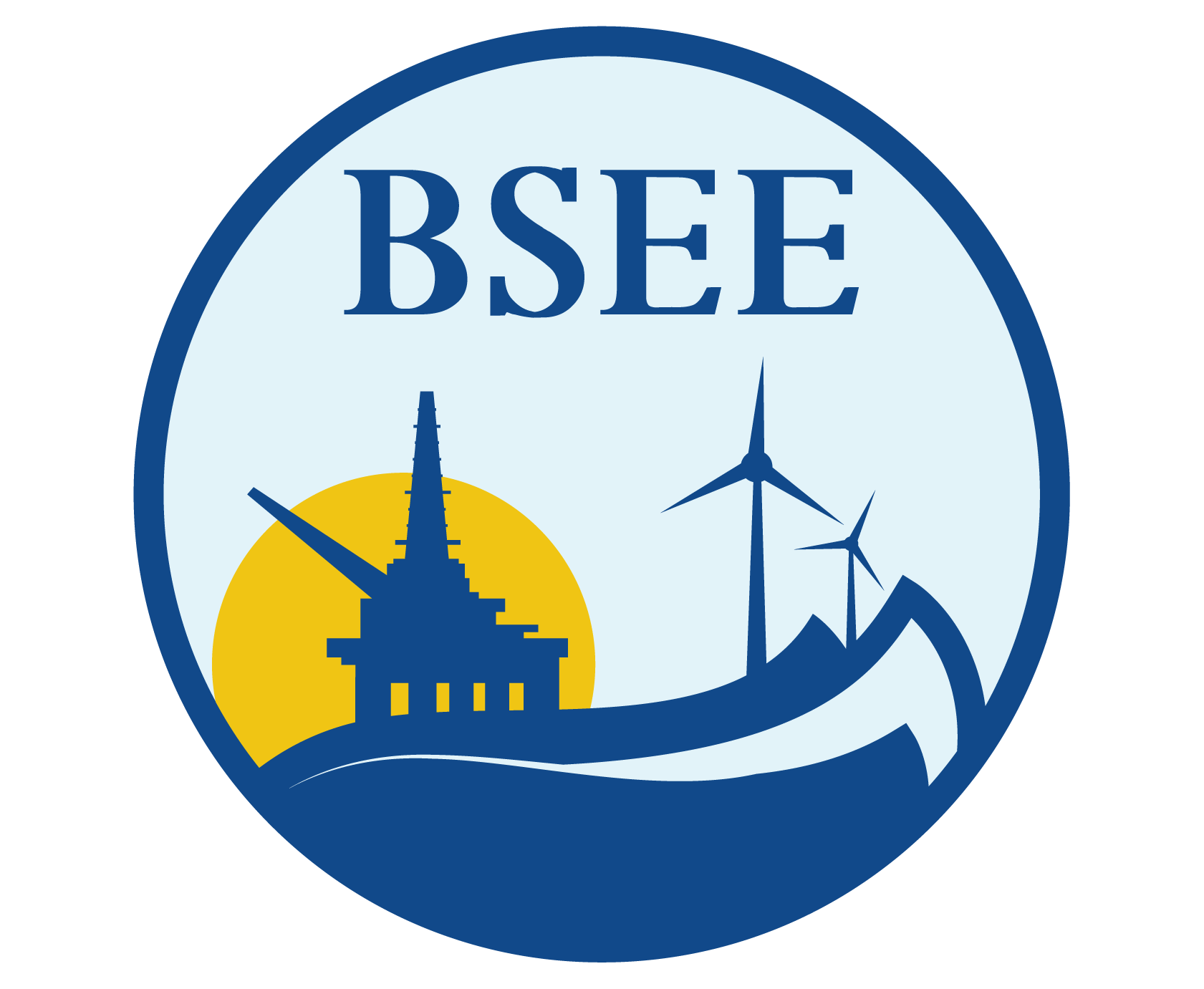Hindcast Study of Winds, Waves, and Currents in N. GOM in Hurricane Lili (2002)
This study was to develop a description of the evolution and distribution of the surface wind field, wave, salinity, sea surface temperature and current field in the northern GOM during the approach and passage of Hurricane Lili in 2002. The hindcast utilized all available public domain meteorological and oceanographic measured data, and Oceanweather's most accurate cyclone wind and wave hindcast methods. Hindcast results are validated against available measured data and an assessment of the accuracy of the hindcast provided with the results.
